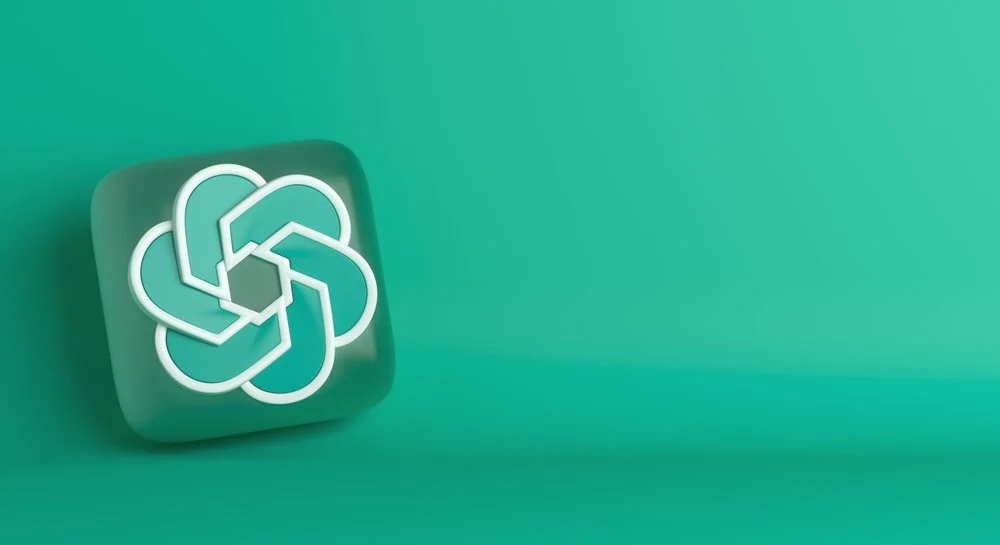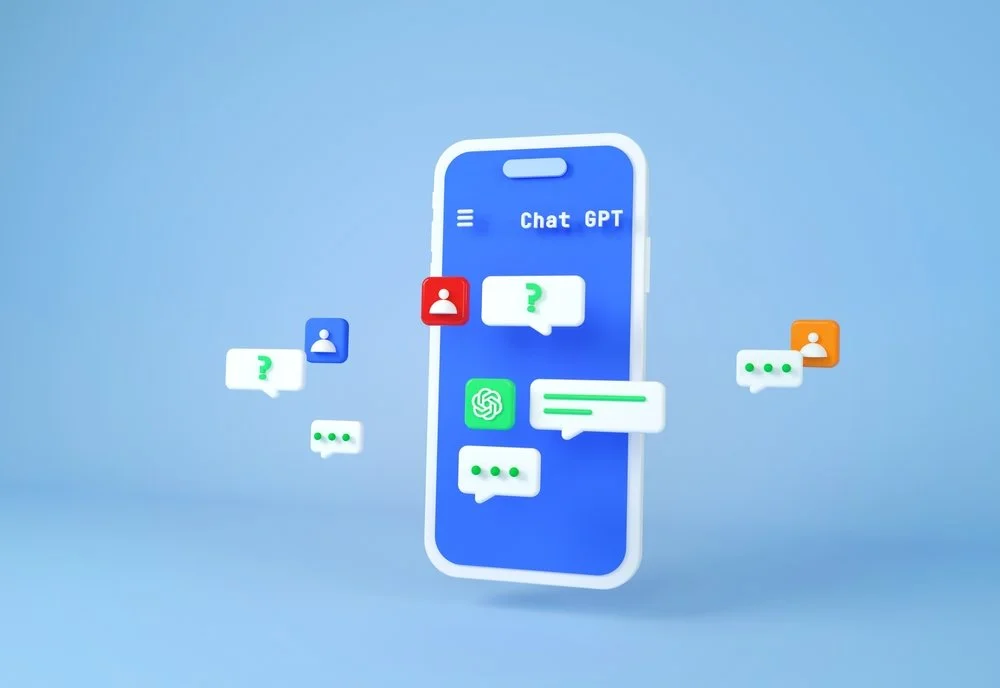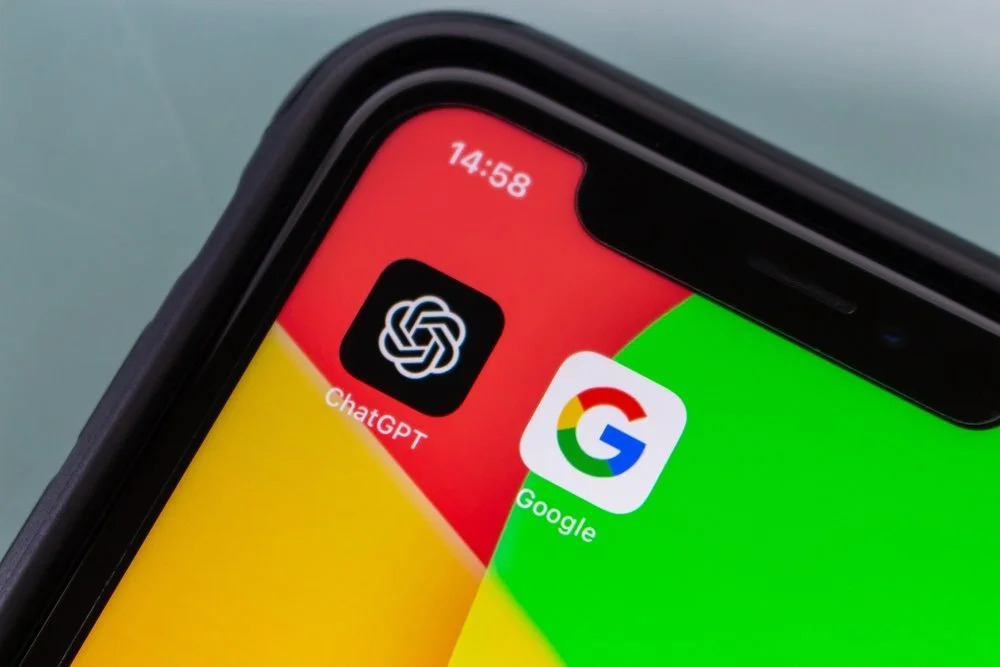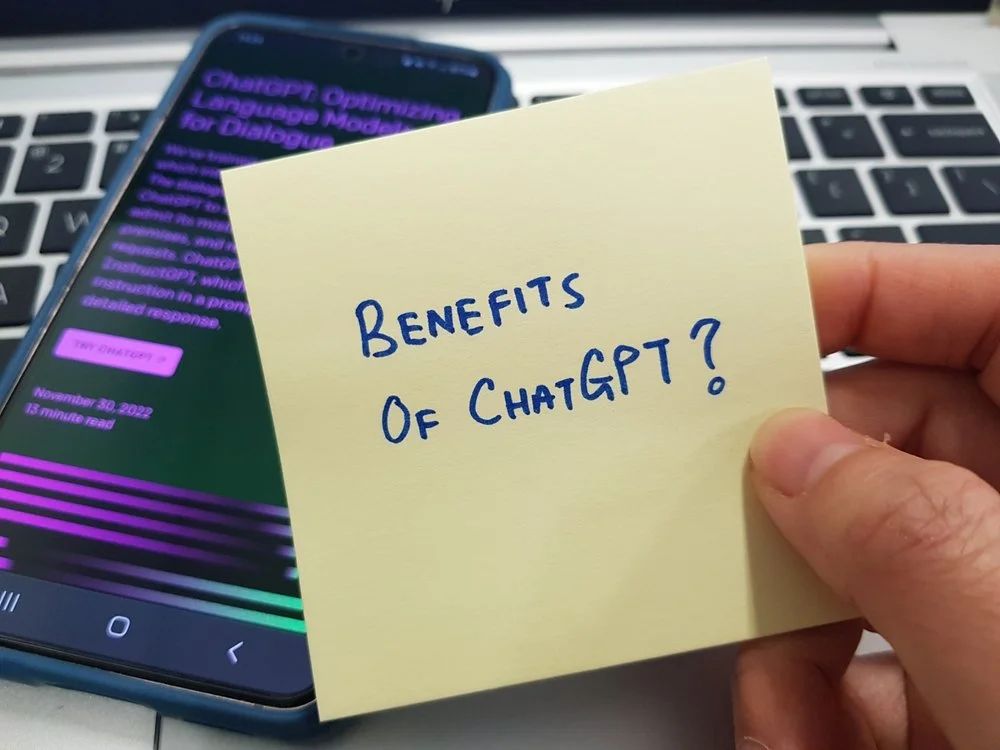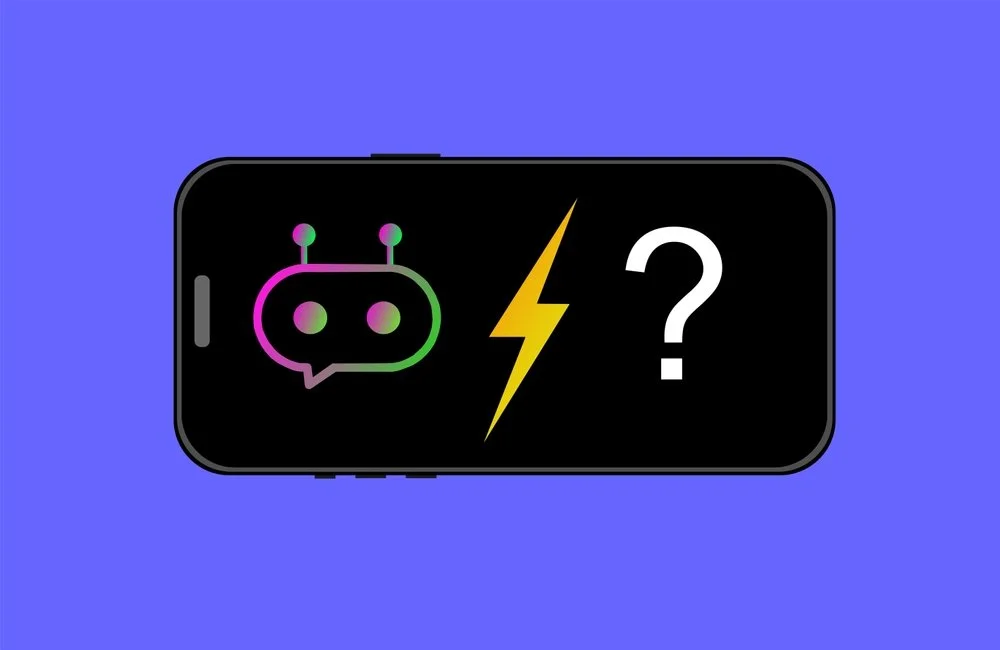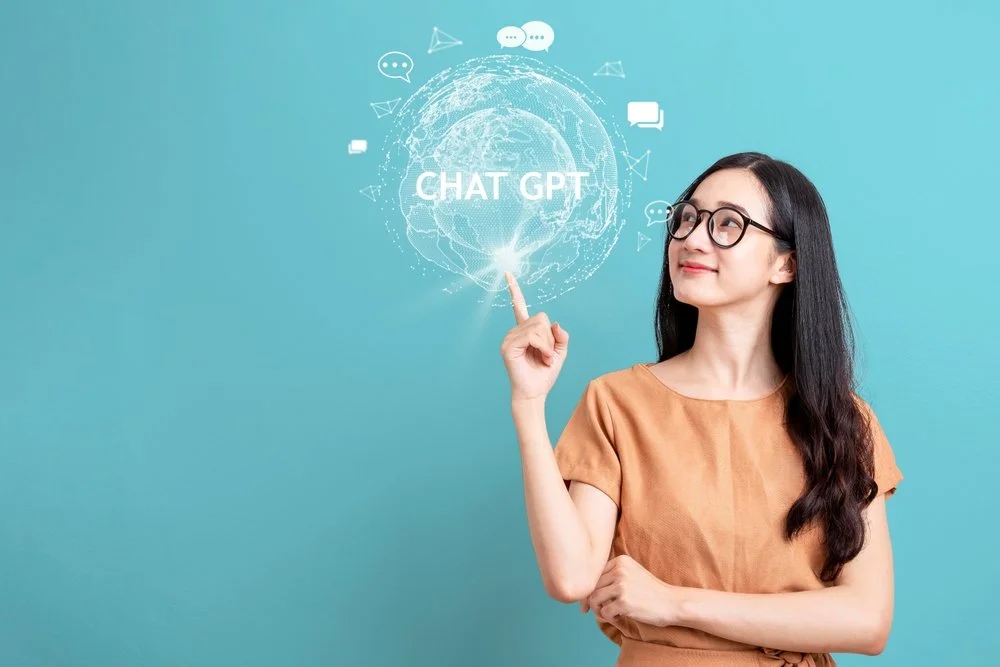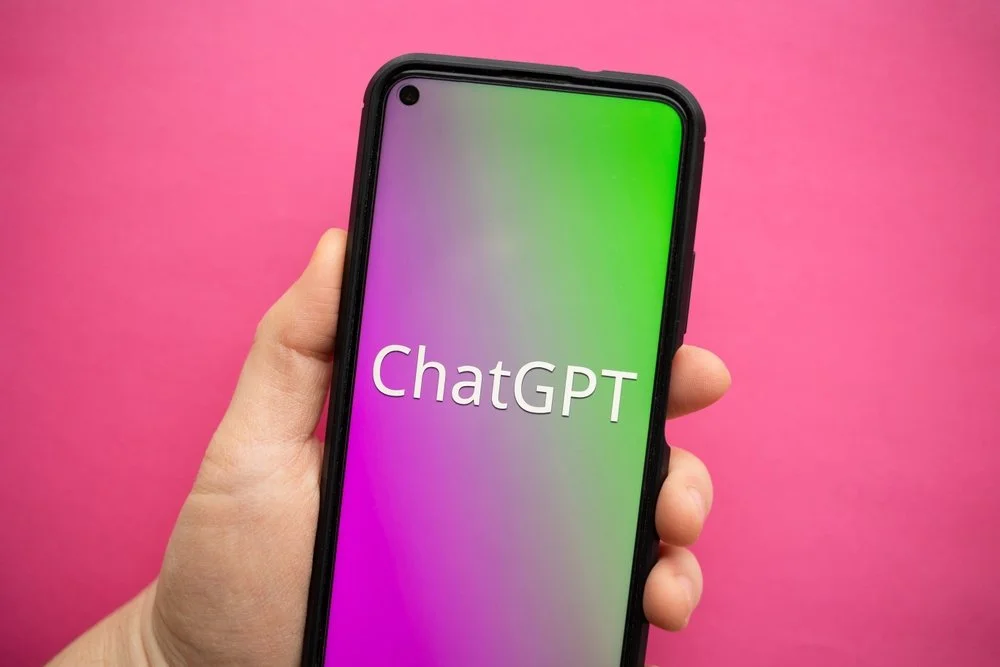Harnessing the ChatGPT Beast in a Creative World
Written by Allison Cherry
I Dream Of Genie
The genie is out of the lamp. Poof! Generative Pre-training Transformer is here, aka ChatGPT. Thank you OpenAI for this gift. Or is it a curse? It depends on who you ask.
There’s no denying that chatGPT has exploded upon the scene since launching late 2022. It’s a rise so meteoric that the platform amassed over a million users in just 5 days, eclipsing previous growth of powerhouses Netflix, Twitter and Instagram. Spoiler: we asked it how many ‘users’ it has as of today, but it was unable to answer, sprouting a generic response “I do not have users in the traditional sense. Instead, I am utilized by various individuals and organizations through the OpenAI API or other applications. I do not have access to the exact number of users or interactions with me”. Interesting.
With Great Power Comes Great Responsibility
As a large language learning model designed to imitate human conversation and generate text in a variety of styes and purposes, ChatGPT’s wealth of knowledge is garnered from the internet itself with OpenAI choosing what data is used to ‘train’ ChatGPT. They call it ‘bias behaviour’. Additionally, OpenAI freely admits that ChatGPT can yield harmful and biased answers and has an unfortunate tendency to mix fact with fiction.
Battle Of The Bots
Debate has since raged if it is possible to upend Google as the dominate search engine. But just like humans and the internet, truth and facts aren’t a given, with the chatbot itself stating it is guilty of getting things wrong. “I am an artificial intelligence language model, so while I have been trained on a large corpus of text, I am not perfect and can produce errors or generate responses that are incorrect or not relevant to the input”. It even states such disclaimers when you log on.
It’s the battle of the bots with Google responding with its own rival, Google Bard. Announced in February 2023 and set to initially launch to a limited audience, Google’s CEO, Sundar Pichai, touted it as ‘experimental conversational AI service’. For now.
Does this mean Google is rattled? This rushed announcement suggests at the very least it’s acutely aware of ChatGPT’s capabilities and needs to counteract accordingly. Pichai states that Bard ‘draws on information from the web to provide fresh, high-quality responses’. But in an embarrassing blunder that cost billions, its launch example gave (shock, horror!) the wrong answer in a promotional video. The shame! Not to mention the eye-watering 100 billion wiped off the value of Google’s parent company, Alphabet. What would ChatGPT say about this? Not much actually as it’s unable to generate anything pre 2021, and consequently lacks the ability to respond about recent events.
The Wolf Is At The Door
“The rapid advancement in AI will shock many industries, with job analysts expressing concern that companies may soon replace white-collar workers with artificial intelligence, quipping ‘the wolf is at the door’. From finance and education to software engineering and graphic design, ChatGPT is coming! ”
In January 2023 outrage reigned as US publisher CNET admitted to using AI to (gasp!) generate stories. We’re clutching our pearls! Shock radiated as Australian electronics retailer DigiDirect awarded its winning photo in a recent competition to, you guessed it. To be fair it wasn’t specifically ChatGPT, but it was AI. ChatGPT is surpassing humans in exams and romping into Harvard. But can it throw a cap upon graduation? Understandably, it’s proving too tempting for some students to resist using it for cheating their way through study, causing headaches for educators the world over as they grapple to find ways to embrace and reign in the ever-evolving technology. It has quite literally transformed their roles overnight with teaching and testing methods requiring a complete overhaul.
When asked about ChatGPT, renowned American linguist, Noam Chomsky strongly believes it won't help with learning and instead insisted it's for people who want to avoid learning. ‘High tech-plagiarism’ he stated. Similarly, with art, creativity and thinking – he believes it’s for those who want to avoid doing the hard yards. You must do the work or risk being exposed as a fraud. It can be a moral dilemma minefield.
Harnessing The AI Beast
But the future is here. There’s no stopping it. Remember that genie? Creatives have been stunned at its ability to write taglines, interpret briefs and aid in writing campaigns. This ability brings a cautious mix of excitement coupled with outright alarm, as many everyday workers fear becoming vulnerable.
“As this incredible technology becomes more ingrained in our lives, as marketers, how do we harness it to work for us, particularly with social media, copywriting, journalism, and advertising creatives earmarked as some of the many professions most at risk…depending on your outlook. ”
Writing You Out Of A Job?
Let’s start with creative agencies, which of course include social media, copywriting and graphic design. ChatGPT is highly qualified to summarise an article, making it more concise (is this one too long ChatGPT?). It’s excellent at grammar and spelling correction and can apply a ton of amendments, from synonym suggestions and alternative phrasing to tone suggestions and style adjustments. Insights on cultural references, languages, and current trends (ok, not too current) are also advantageous. An obvious downfall is its inability to efficiently fact-check. For the time being. Maybe I should drop this article into ChatGPT and ask it to correct grammatical mistakes plus suggest any reworks. I’m tempted to smatter a few red herrings in the form of spelling errors throughout this piece for authenticity and to prove I’m not a bot.
Creativity Reigns
While this brilliance can be useful, creativity must reign. Even ChatGPT recognises that “writing is an art that requires creativity, empathy, and an understanding of human emotions and experiences that goes beyond just language skills. In some ways, I can write more objectively and without bias than a human, but I lack the personal perspective and life experience that often brings richness and depth to writing”. Thank you for the clarification ChatGPT.
Who Knows Your Brand Best?
ChatCPT spits out information in seconds that is pretty darn good, but does it really capture who a brand is – the faces and product behind it? ChatGPT cannot fully understand, nor replicate that essence.
“Every organisation should ask themselves, what makes us different? What’s your core, your DNA, why do YOU stand apart from everyone else? ChatGPT cannot answer that and boom, that’s where it will never replace human interaction and heart. ”
Intelligent as it is, ChatGPT doesn’t have a soul. But people do. And that is what makes every human, every organisation, every person on this planet special and unique. ChatGPT cannot have a conversation with a CEO to gain their thoughts on their company. It can’t speak to a customer for insight into their experiences. It can’t interview a subject. It cannot truly know a brand history and spirit.
Our business is bettering brands, creating value, increasing awareness as we tell their story and take consumers along for the ride. Outsourcing this in entirety to chatGPT would be a disservice to not only the creative process, but to the outcome. It’s not to say that there isn’t a place for chat GPT, but it will never replace human emotion. ChatGPT also has a noticeable downfall in being quite generic. And no brand wants to sound like a cookie cutter of every other.
A Launchpad For Curiosity
While we should expect AI technology to reduce low-value, manual and repetitive work or basic analysis, where ChatGPT can be extremely beneficial is with idea generation and understanding complex topics. For example, it can prompt topics to flesh out further with consumers and organisations. It can also help understand complex information and put it in layman’s terms. In social, ChatGPT can answer basic questions and be used for automated responses to customer inquiries. This provides more time for the creative process by freeing up resources so that ideas can be marinated and turned over.
What Makes A Human Creative Greater Than AI?
Creatives can capture the true emotion and nuances of a brand, something AI can’t. As creators there is a certain joy that comes with nailing a piece of writing, a creative brief, or a killer design. That warm feeling when you feel an idea brewing. You know you’re onto something as the creative juices begin to flow. IYKYK. More than just penning words to paper or generating a design, impactful writing embodies emotion, something that artificial intelligence can never truly compete with. And what creative worth their salt doesn’t want that feeling of accomplishment. There’s something thrilling about researching a topic, coming up with a big idea until it grows and flourishes. The excitement builds, and you know when you’ve nailed it. It’s a feeling that AI can never describe.
“We need to adapt our thinking to the belief that technology helps the creative process, not replaces it. While ChatGPT’s incredible capabilities are noted, as creatives, we must stay invested in ideas that AI can never replicate. ”
Our brand positioning for Media Sociale of ‘it all starts with the idea’ demonstrates we still need a creative way to deliver a message. ChatGPT can write a million messages, but it's how these messages are conveyed in an interesting, human and creative way is where agencies need to continue to position themselves. And as creators working for businesses and clients, we know they want somebody sharing their stories and building their brands with as much passion as we’ve demonstrated?
We don’t need ChatGPT to deliver the answer.

